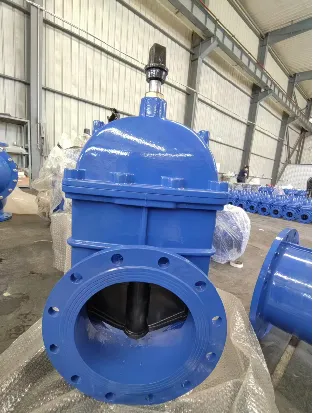Bikes Securely Placed on a Bike Rack for Easy Storage and Access
The Importance of Bike Racks in Urban Cycling
In recent years, cycling has gained significant prominence as a sustainable and environmentally friendly mode of transportation. As cities around the world strive to promote cycling to alleviate traffic congestion and reduce carbon footprints, the need for effective infrastructure has never been more critical. One of the often-overlooked yet essential components of this infrastructure is the bike rack, particularly designs that accommodate multiple bicycles safely and efficiently.
What is a Bike Rack?
A bike rack, sometimes referred to as a bike stand or bike parking, is a device that allows cyclists to securely park their bicycles. These racks can vary greatly in design, size, and materials, depending on their intended location and the volume of bicycles expected to be parked. Some bike racks are as simple as a sturdy metal frame, while others are more complex, offering features like locking mechanisms to secure individual bikes.
Benefits of Bike Racks
1. Encouraging Cycling The availability of sufficient and well-designed bike racks encourages more people to consider cycling as a viable mode of transportation. When cyclists know they have a secure place to park their bikes, they are more likely to ride for commuting, errands, or recreation. This shift can lead to a substantial increase in cycling rates, contributing to healthier lifestyles and less congestion.
2. Safety and Security A well-placed bike rack enhances the safety of bicycles. Leaving a bike unattended without a locking mechanism exposes it to theft or damage. A bike rack provides a designated spot for cyclists to lock their bikes, significantly reducing the risk of theft. Urban planners must consider visibility and accessibility when placing bike racks to ensure that they are secure and community-oriented.
3. Optimizing Space Usage One of the significant challenges in urban environments is space management. High-quality bike racks can maximize the use of limited space, allowing more bikes to be parked in a smaller area compared to traditional parking methods. Vertical bike racks, which allow bikes to be parked one above the other, are an excellent example of this efficiency. This optimization is particularly important in densely populated urban settings where real estate is at a premium.
4. Supporting Local Businesses Installing bike racks in front of shops, cafes, and restaurants can positively impact local businesses. By providing bike parking, these establishments make it easier for cycling patrons to visit, increasing foot traffic. Furthermore, studies have shown that cyclists tend to spend more at local businesses than their driving counterparts, who often have to park further away.
bike on bike rack

Types of Bike Racks
There are several types of bike racks available, each suited for different contexts
- Inverted U Racks These are widely used due to their simplicity and effectiveness. They allow two bikes to be parked securely and are easy to use.
- Vertical Racks These allow bikes to be parked one above the other, saving horizontal space, which can be beneficial in crowded areas. However, they may require some level of dexterity to use.
- Wall-Mounted Racks These are ideal for locations with limited ground space. They can accommodate several bikes and are often used in residential settings where outdoor space is limited.
- Bicycle Lockers For maximum security, bicycle lockers provide enclosed storage for individual bicycles, protecting them from the elements and potential theft.
The Future of Bike Racks
As cities continue to evolve towards greater sustainability, the future of bike racks looks promising. Innovations such as smart bike racks that incorporate technology for real-time availability updates and integration with mobile apps are becoming more prevalent. Additionally, cities are likely to invest more in bike-friendly infrastructure, including designated lanes and bike-sharing programs, making bike racks even more crucial in the overall urban transport system.
In conclusion, bike racks play a vital role in promoting cycling within urban environments. They not only enhance the safety and convenience for cyclists but also contribute to traffic reduction, environmental sustainability, and economic benefits for local businesses. As cities gear up for a greener future, the integration of effective bike parking solutions will undoubtedly be central to creating bike-friendly communities. The evolution of bike racks, from simple designs to sophisticated systems, reflects the growing importance of cycling as a key transportation mode for a sustainable future.
-
The Smarter Choice for Pedestrian AreasNewsJun.30,2025
-
The Gold Standard in Round Drain CoversNewsJun.30,2025
-
The Gold Standard in Manhole Cover SystemsNewsJun.30,2025
-
Superior Drainage Solutions with Premium Gully GratesNewsJun.30,2025
-
Superior Drainage Solutions for Global InfrastructureNewsJun.30,2025
-
Square Manhole Solutions for Modern InfrastructureNewsJun.30,2025
-
Premium Manhole Covers for Modern InfrastructureNewsJun.30,2025
